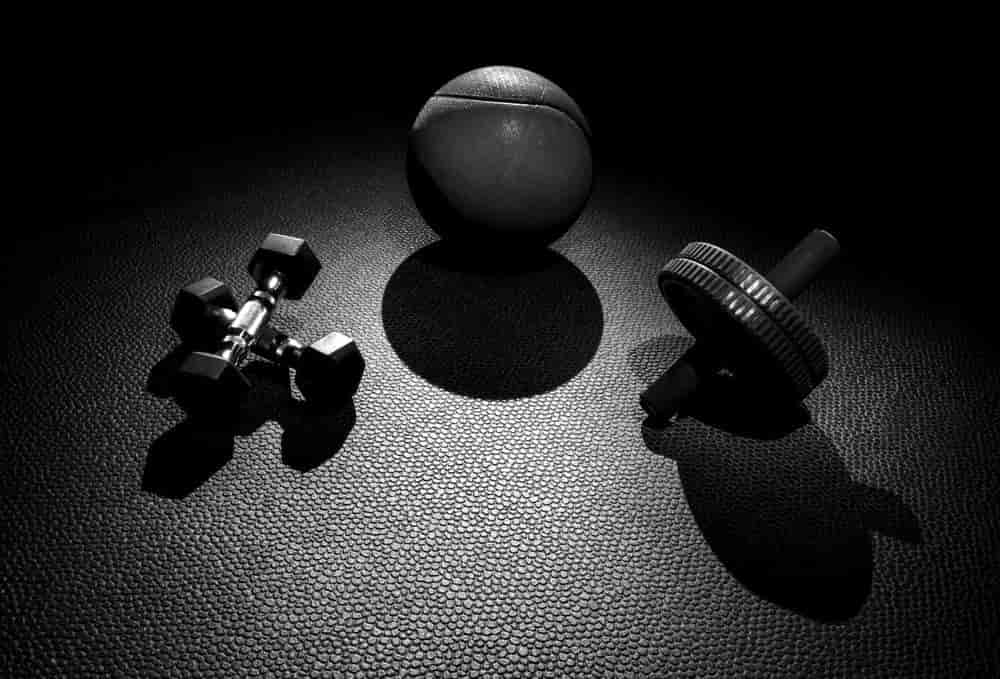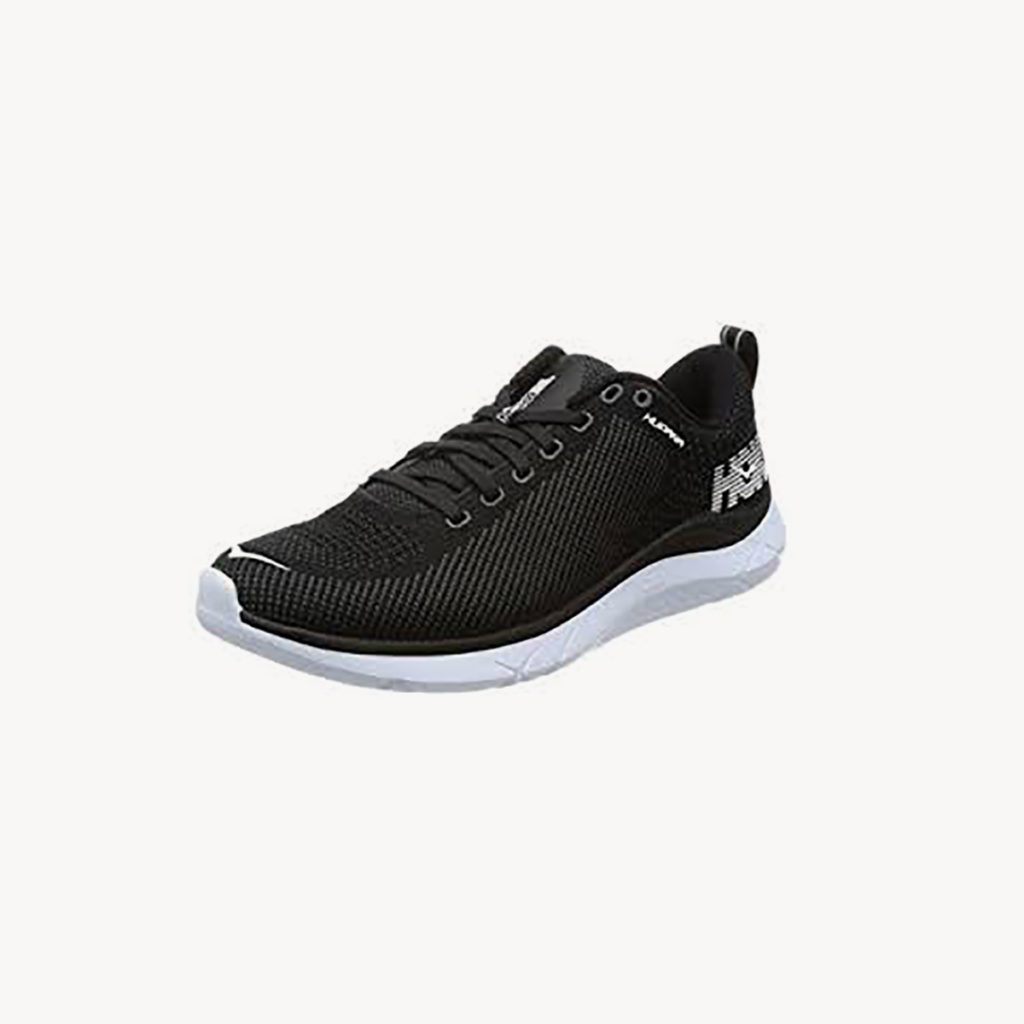
There are some precautions you can take to avoid blisters on your trainers, no matter if you're a marathon runner and/or a casual runner. These include tight laces and improper fitting. It can be extremely painful, especially if it's your first blister.
Trainers: Take precautions to avoid blisters
You may have blistered your feet and want to learn how to prevent them. There are many things you can do that will protect your feet from blistering. A good first step is to keep your feet clean and dry. Wash your feet with water and mild soap. Then dry the blisters and apply a new specialist blister bandage. This will protect your blister from dirt, friction, and pressure. It will also reduce pain. It is important to avoid anything that may irritate this area.
Make sure your shoes fit correctly when you are shopping for footwear. Avoid shoes made out of synthetic materials. Make sure you check the straps. You should ensure that your shoe fits correctly. Shoes that are too big or small can cause pressure points, which can lead to blisters.
Improperly fitting shoes
Poorly fitting shoes are the most common reason for blisters. This occurs when the shoes rub on the skin, leading to blisters. Foot blisters are more common in active people, but they can also be experienced by those who wear properly fitted shoes. Incorrect shoe design can lead to blisters, as can wet or moist feet.

If you are concerned about the cause of blisters, consult a podiatrist. A blister can be painful, but most cases go away on their own without treatment. You should seek medical attention if your blisters persist or become infected. You may notice redness, swelling, warmth and pus on the blister as signs of infection.
Close fitting laces
When you run or do some other kind of physical activity, you are likely to get blisters from tight laces on your trainers. There are simple ways to prevent blisters caused by tight laces. Start by locking the heel in place. This will prevent the heel from moving forward and also help to prevent blisters. Also, it will keep your toes from pushing against the front of the shoe.
You can prevent blisters from trainers' tight laces by wearing shoes with more holes in their lace. These holes will reduce friction for your feet and help you fit your shoes better. But this is not a foolproof method. Shoes may be too tight and cause blisters. You can have your shoes custom-tied.
Chafing
Chafing can be very uncomfortable and painful. But there are ways to avoid them. This includes covering the prone areas with a moleskin. Avoid rubbing your feet, or exposing them in any way to uncomfortable footwear. Prevention is always better than treatment. Follow these tips to avoid chafing blisters.
A lubricant should be applied to areas that are prone to blisters. A&D Ointment, petroleum jelly and talcum powder are some options. These lubricants could be applied to your feet, shoes, or other key areas. These areas include the heels and toe knuckles as well as the top of the instep. A hairdryer may also be useful for keeping your feet dry.

Moleskin
Moleskin is a great way to reduce blisters from trainers. This moleskin will stick to the blister better than other bandages because it is thicker. In addition, it will reduce friction, which can lead to the blister popping. This can lead to severe pain and increased infection risk.
Moleskin can protect the skin around the wound and prevent future blisters. It prevents things from rubbing against the blister and can help prevent future ones. You can wrap your toes with moleskin or cover the trainers. For shoes with a narrower sole, you can apply the moleskin to the heel.
FAQ
Why is physical exercise important?
Physical fitness is extremely important for our health. Exercise is important to maintain your weight, strength and flexibility as well our cardiovascular system. Exercise improves sleep quality, helps with stress management, increases energy and boosts self-esteem.
What are resistance training exercises?
Resistance training involves using weights or other objects to perform specific movements. Lifting weights, for example, can help strengthen your arms and shoulders, chest, backs, legs, core, and core. Resistance training builds muscle mass, increases bone density, and promotes greater overall strength.
Can I exercise after eating?
It depends on the exercise you do. Avoid strenuous exercises after meals. It could cause stomach cramps. Instead, focus on light aerobic activities like brisk walking or biking.
Do I need to get warm before going out?
Warming up before an activity can reduce muscle soreness, improve performance, and help to prevent injury. You can use several methods to warm up: walking, running, jumping rope, stretching, and cycling are just a few examples. You can start slowly and increase your intensity gradually.
What are Cardio Exercises and How Do They Work?
Cardiovascular activities are any exercise that makes your heart work harder than normal. You can do this by running, swimming, biking, rowing and bicycling. These activities burn fat and raise your metabolism. These activities can help you keep fit and strengthen your heart.
Is it safe to exercise in cold weather?
Exercise outside whenever possible. While the air temperature is a major factor in determining whether or not it's safe to exercise outside, it's not the only one. Other factors include visibility, humidity, precipitation and wind speed. If you exercise outdoors in inclement weather, wear layers of clothing that protect you from wind chill and rain.
Which Is more important? Exercise, diet, sleep?
It all depends on your goals. Diet is key to losing weight. If you are looking to build muscle mass, however, exercise is the best option. Sleep is not as important as it seems, since it has no effect on how you perform throughout the day.
Statistics
- One study showed that adults who watch more than 4 hours of television daily had an 80% higher risk of death from cardiovascular disease. (heart.org)
- Adolescent girls were less active than adolescent boys, with 85% vs. 78% not meeting WHO recommendations of at least 60 minutes of moderate to vigorous intensity physical activity per day. (who.int)
- In 2018, the World Health Assembly agreed on a global target to reduce physical inactivity by 15% by 2030 and align with the Sustainable Development Goals. (who.int)
- Globally, 81% of adolescents aged 11-17 years were insufficiently physically active in 2016. (who.int)
External Links
How To
How to motivate yourself for a healthy fitness routine
A fitness Routine is a set of exercises performed regularly for a specific period of time. It helps to tone and build muscle mass. Regular physical activity increases cardiovascular health and reduces risk of heart disease and stroke. In addition to these psychological benefits, regular exercise also provides psychological benefits like self esteem, confidence and mood, energy level, sleep quality and social interactions.
Why would you choose to make your own fitness program?
A fitness program is a great way to lose weight, improve health, and stay fit. But why should you follow one? Let's find it out!
What does it actually mean to do a workout?
It is a form of physical activity that involves running, biking, swimming or other forms of martial arts at least 3 times per week. You don't need to do this for hours. 30 minutes of exercise can be enough to burn calories while keeping you healthy. The most important thing is that you stick to the plan. You don't have to miss any days. Just pick up where your last one left off the next time.
How much time should I dedicate to my health and fitness?
It all depends on how busy your schedule is. A moderate workout takes 20-30 minutes. However, if you're new to exercising, try starting slowly with five or 10 minutes first. After you get used to it, gradually increase the duration.